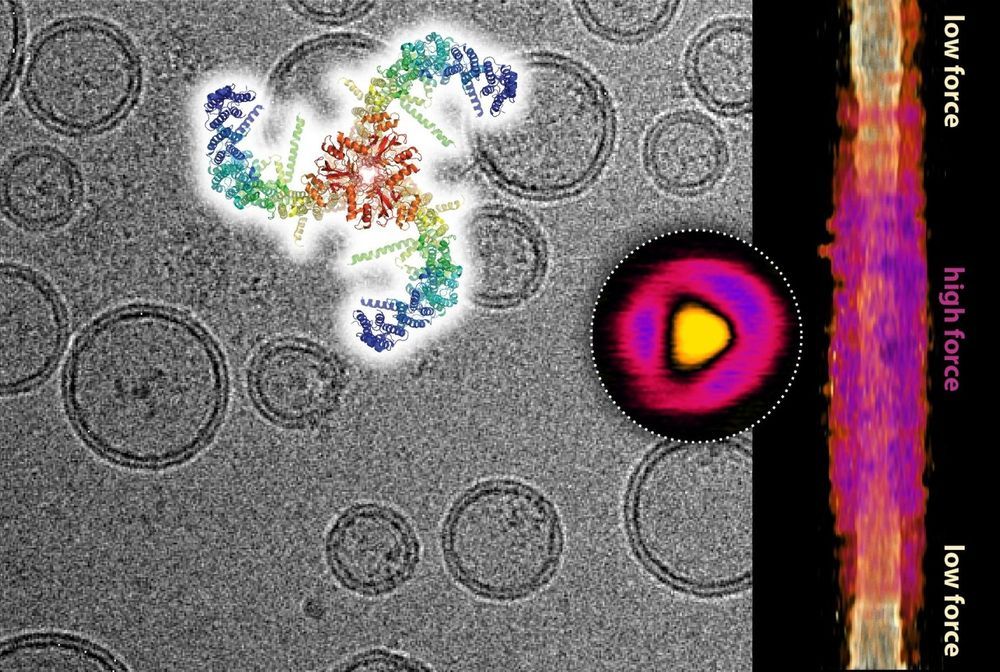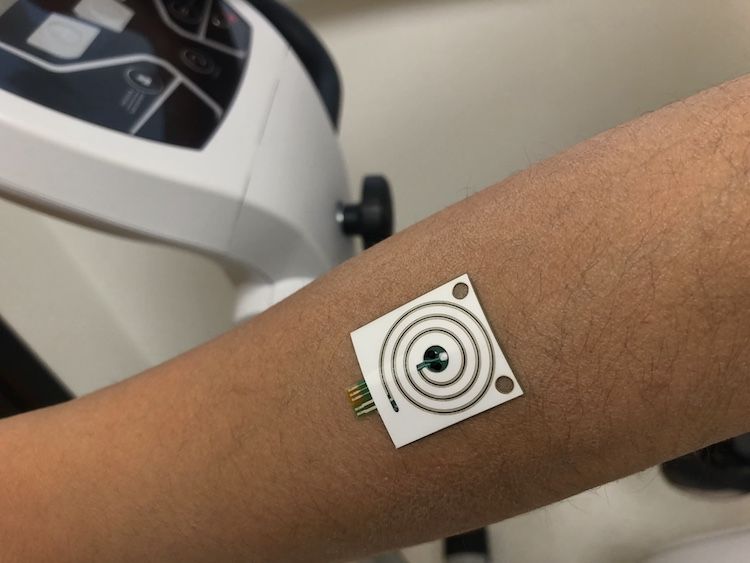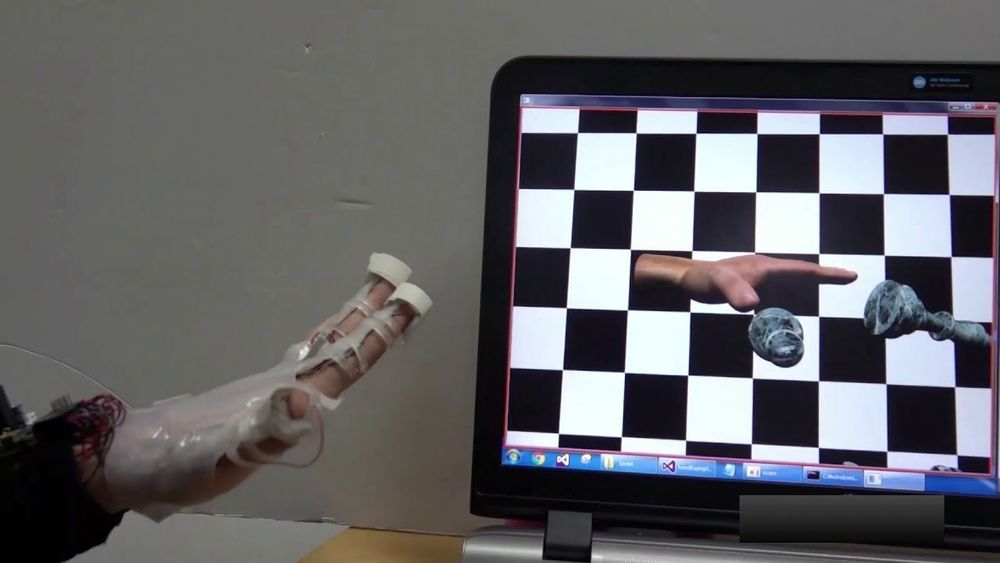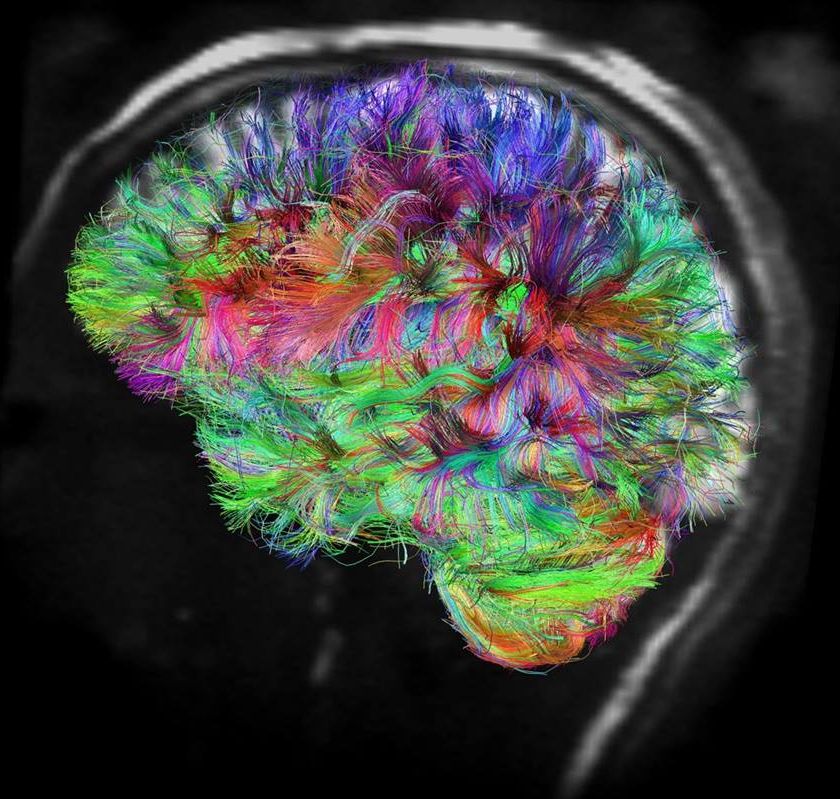Apple’s update to macOS for 2019 will be known as Catalina and will bring many third-party iOS apps to the Mac, new Music and TV apps, as well as lots of other exciting features. Find out what else we expect from the new macOS Catalina update.
Category: electronics – Page 64
Researchers from Weill Cornell Medicine and the Rockefeller University say they have uncovered the basic mechanism of Piezo proteins, which function as sensors in the body for mechanical stimuli such as touch, bladder fullness, and blood pressure. The discovery opens up many new paths of investigation into the roles of Piezo proteins in human diseases and potential new therapeutic strategies, according to the scientists.
In the study (“Force-induced conformational changes in PIEZO1”), published in Nature, the team used advanced microscopy techniques to image the Piezo1 protein at rest and during the application of mechanical forces. They confirmed this complex protein’s structure and showed essentially how it can convert mechanical stimuli into an electrical signal.
“Piezo1 is a mechanosensitive channel that converts applied force into electrical signals. Partial molecular structures show that Piezo1 is a bowl-shaped trimer with extended arms. Here we use cryo-electron microscopy to show that Piezo1 adopts different degrees of curvature in lipid vesicles of different sizes. We also use high-speed atomic force microscopy to analyze the deformability of Piezo1 under force in membranes on a mica surface and show that Piezo1 can be flattened reversibly into the membrane plane,” the investigators wrote.
Now Playing: Star Trek: The History of Jean-Luc Picard.
There’s a lot happening in the Star Trek TV universe, and much of it will feature at the franchise’s San Diego Comic-Con event later today, Saturday, July 20. Details of what fans can expect from the various Star Trek panels have now been announced. [Update: The panels are ongoing, but we’ve already learned a lot. Check out the links below for all of our coverage.].
A glove focused on user experience in interacting with virtual objects is in the news. This virtual reality glove is the topic of a research article. The researchers described their virtual reality glove in detail in their paper, “Pneumatic actuator and flexible piezoelectric sensor for soft virtual reality glove system,” in Scientific Reports.
No, this is hardly the first instance of researchers able to reproduce texture but this attempt is noteworthy. As pointed out in natureasia.com, the glove system in this instance is one that allows the wearer to manipulate a virtual hand, pick up an object in virtual reality and feel its shape.
Bill Andrews took to the D-brief blog on Discover to examine the glove’s characteristics— of sensors and actuators. The Korean team designed it as a glove to manipulate a virtual hand inside a digital realm, said Andrews.
SUBSCRIBE to Barcroft TV: http://bit.ly/Oc61Hj
BIRTHDAY celebrations are usually a time for decadence and partying until the small hours – that is unless you’re a fitness obsessed octogenarian! Jacinto Bonilla, 80, from New York, celebrated his eightieth birthday on 3 July by completing 80 double-unders on a jump rope, followed by 80 squats, 80 push-ups, 80 pull-ups, 80 wall ball shots, 80 kettlebell swings, 80 deadlifts with a 90-pound weight – ending with another round of 80 double-unders. Every year since he turned 69, the so-called “grandfather of CrossFit” has added one rep to his brutal trademark birthday workout – the Jacinto Storm. Follow his story here:
https://www.instagram.com/crossfit1939
Video Credits:
Videographer / director: Will Francome
Producer: Gareth Shoulder, Ruby Coote
Editor: Sonia Estal
Click here to follow your favourite Barcroft shows on Instagram!
Barcroft TV — https://www.instagram.com/barcroft_tv/
Born Different — https://www.instagram.com/borndifferentshow/
Shake My Beauty — https://www.instagram.com/shakemybeauty/
Hooked On The Look — https://www.instagram.com/hookedonthelookshow/
Beast Buddies — https://www.instagram.com/beastbuddiesshow/
Ridiculous Rides — https://www.instagram.com/ridiculousridesshow/
Snapped In The Wild — https://www.instagram.com/snappedinthewild/
Dog Dynasty — https://www.instagram.com/dogdynastyshow/
For more amazing content, click here!
Barcroft Animals: https://www.youtube.com/barcroftanimals/featured
Barcroft Cars: https://www.youtube.com/user/BarcroftCars/featured









